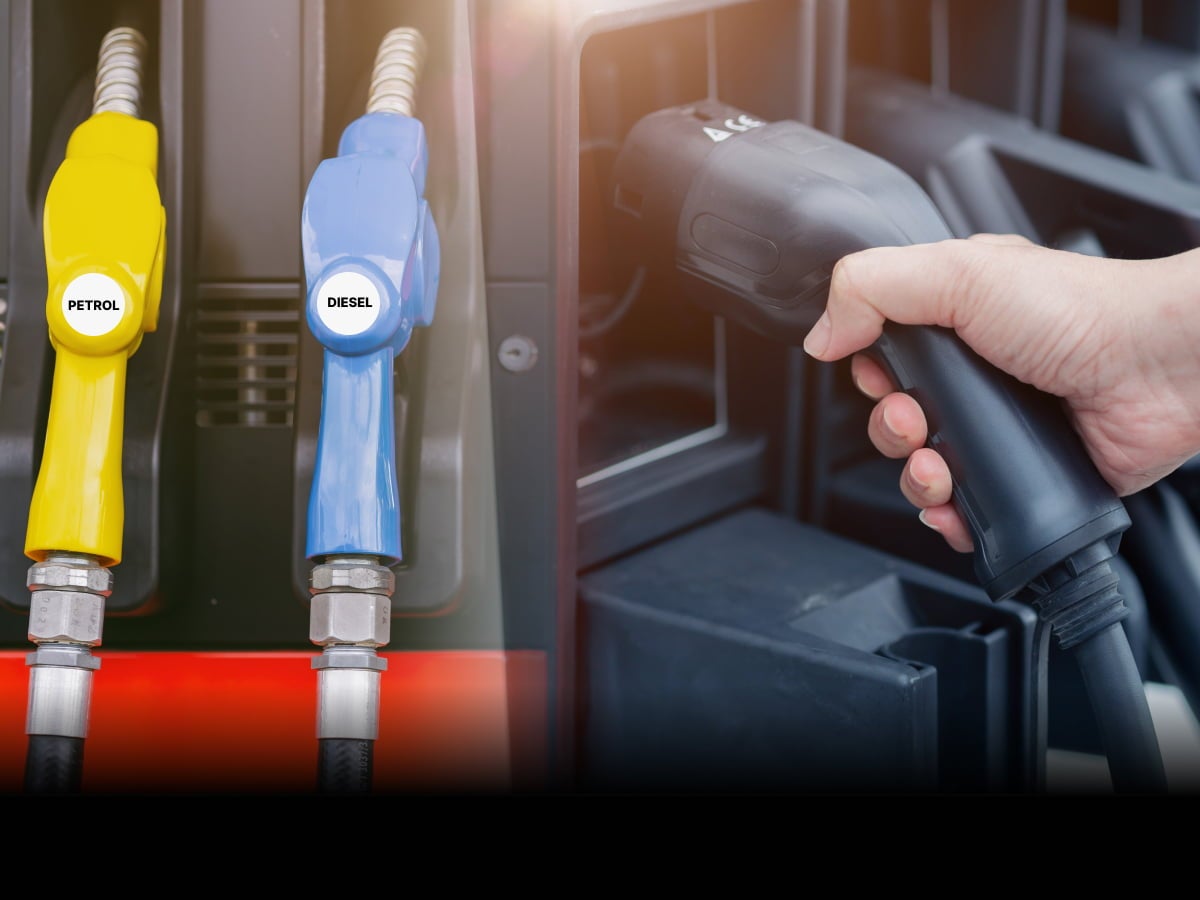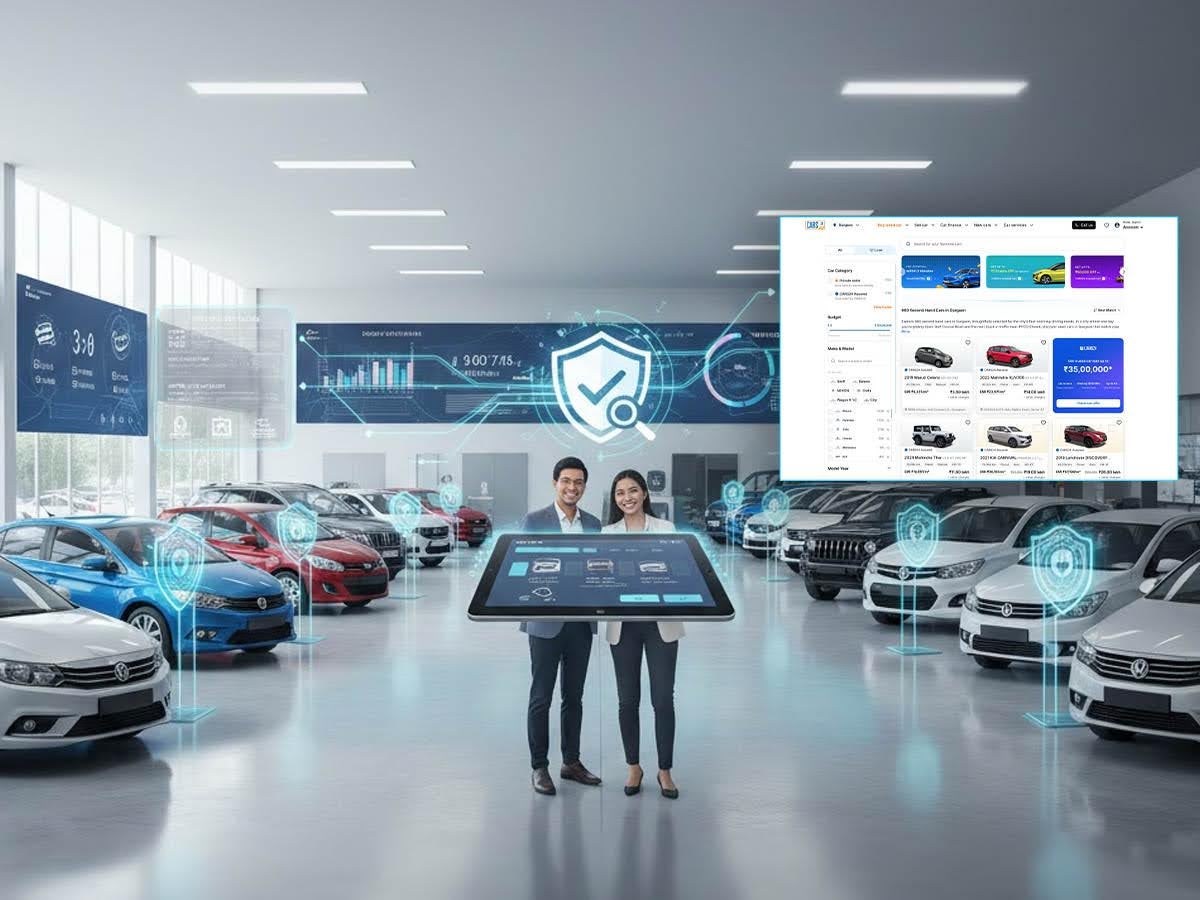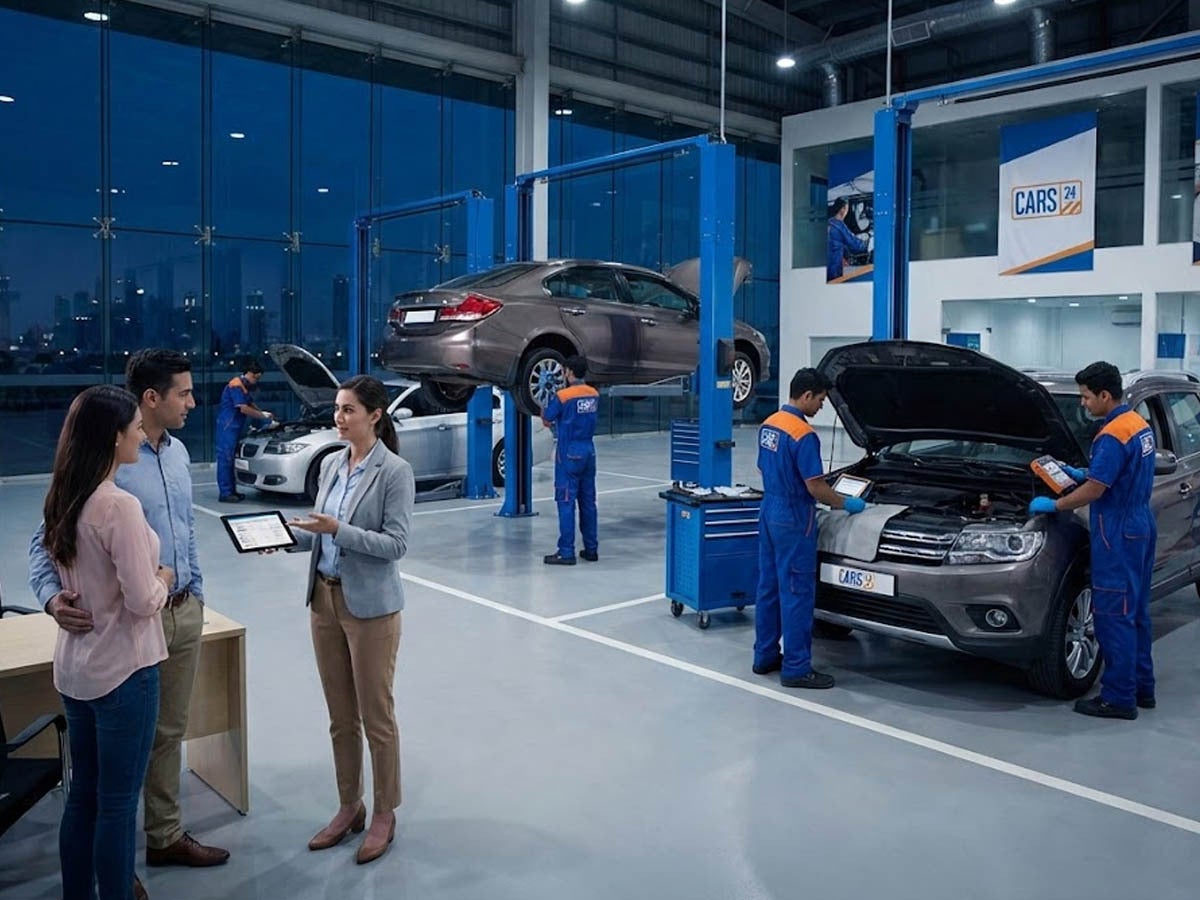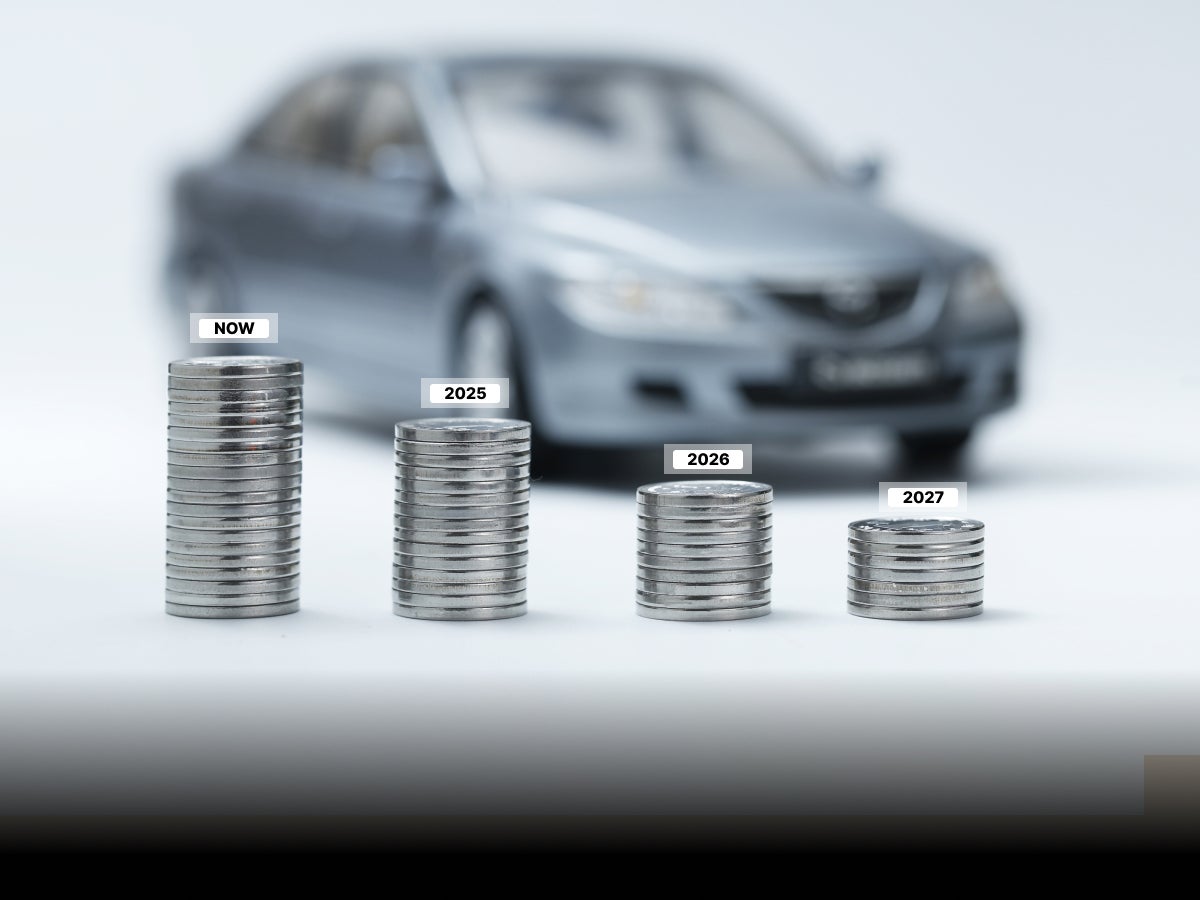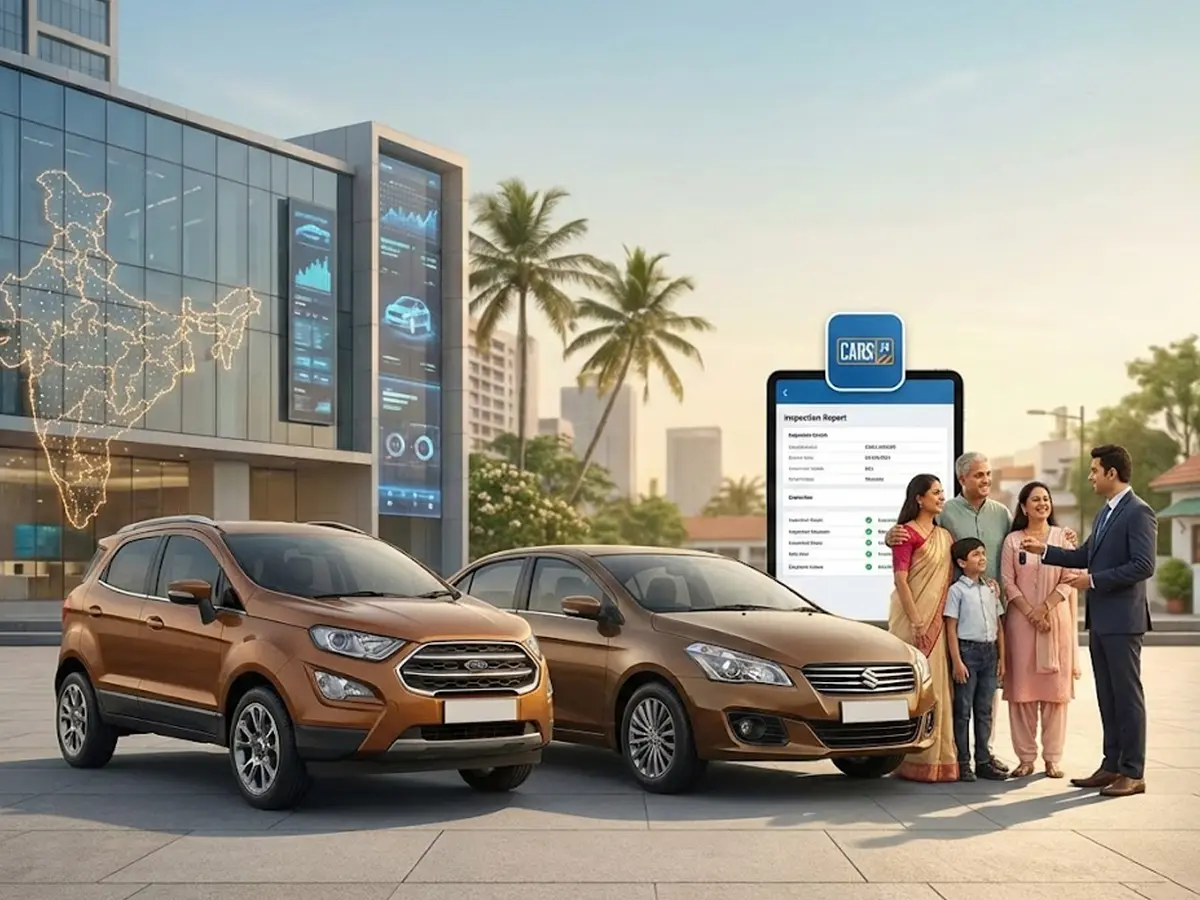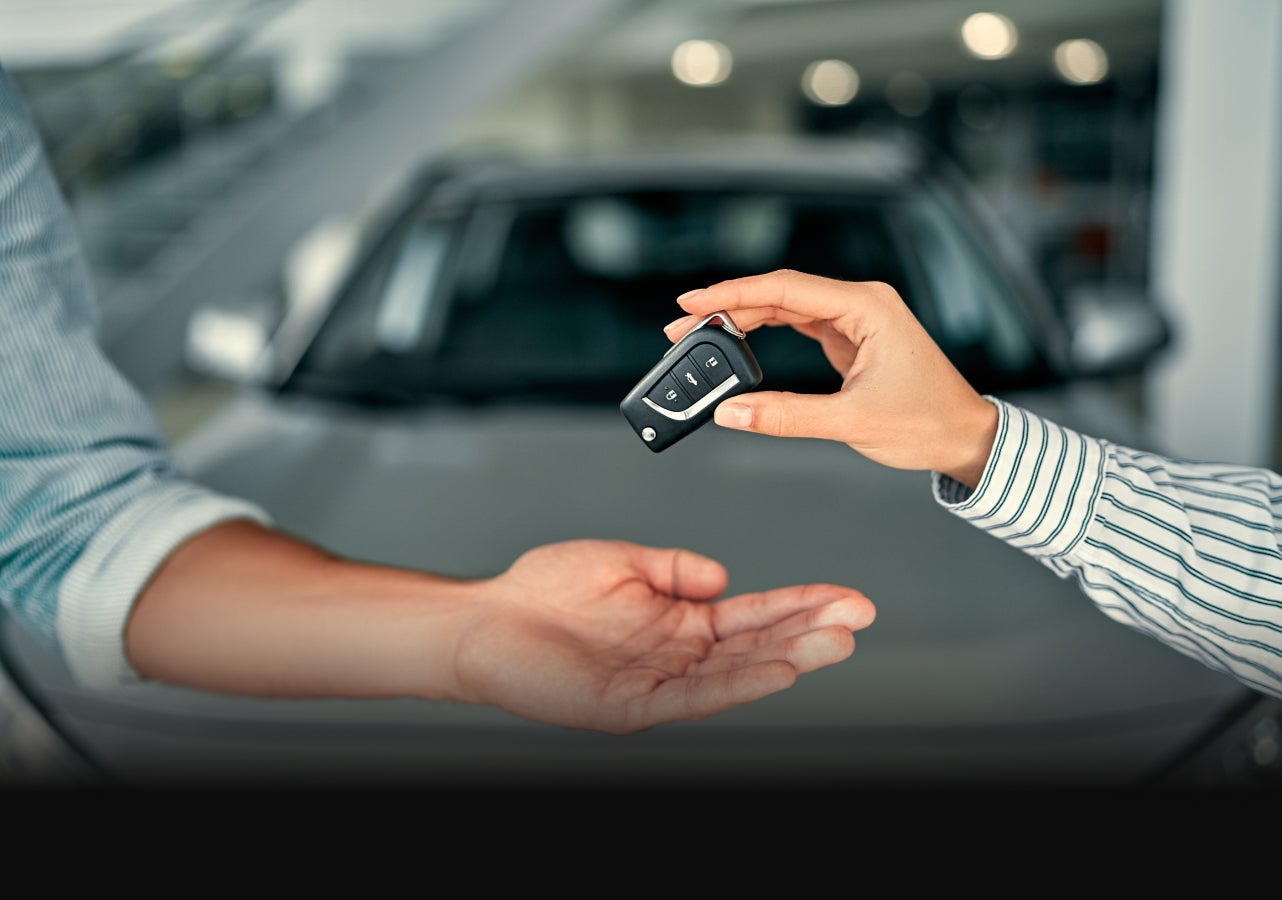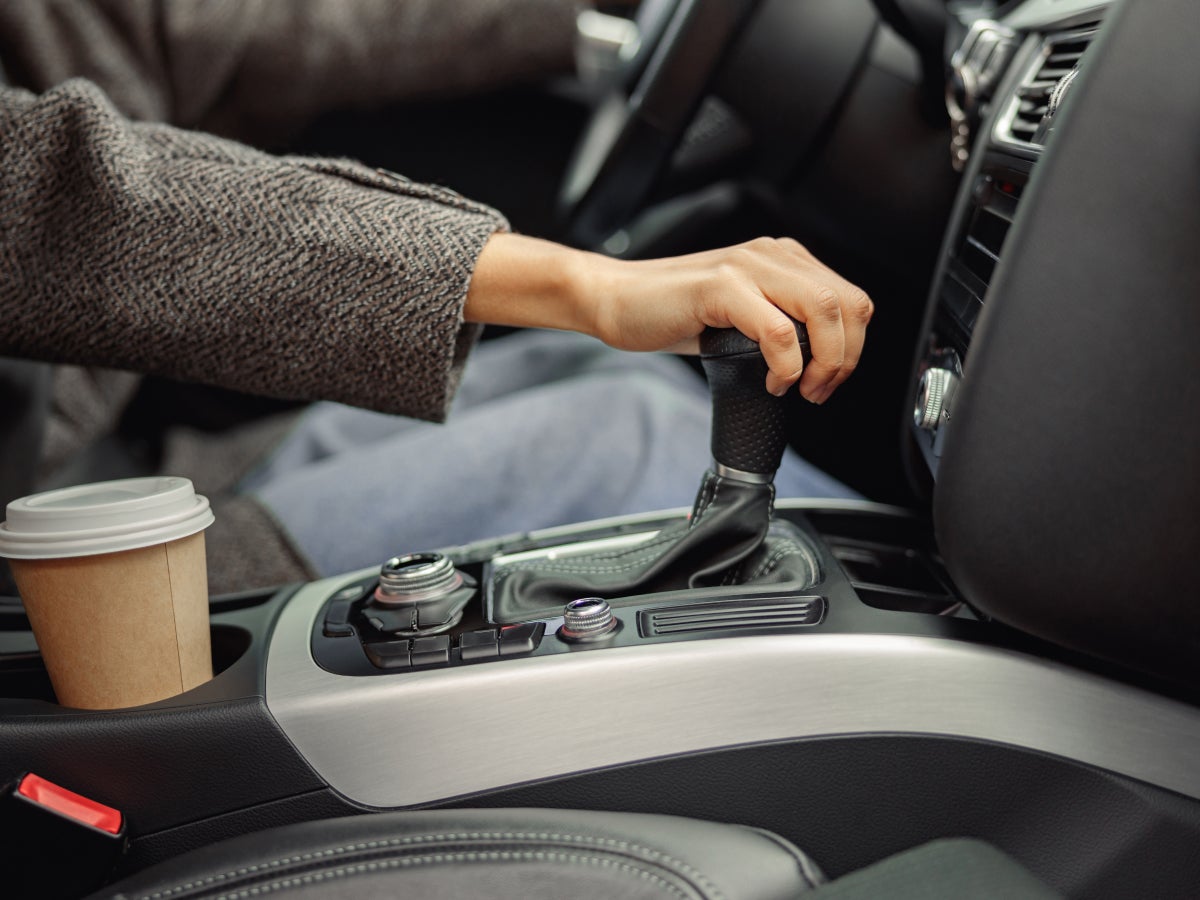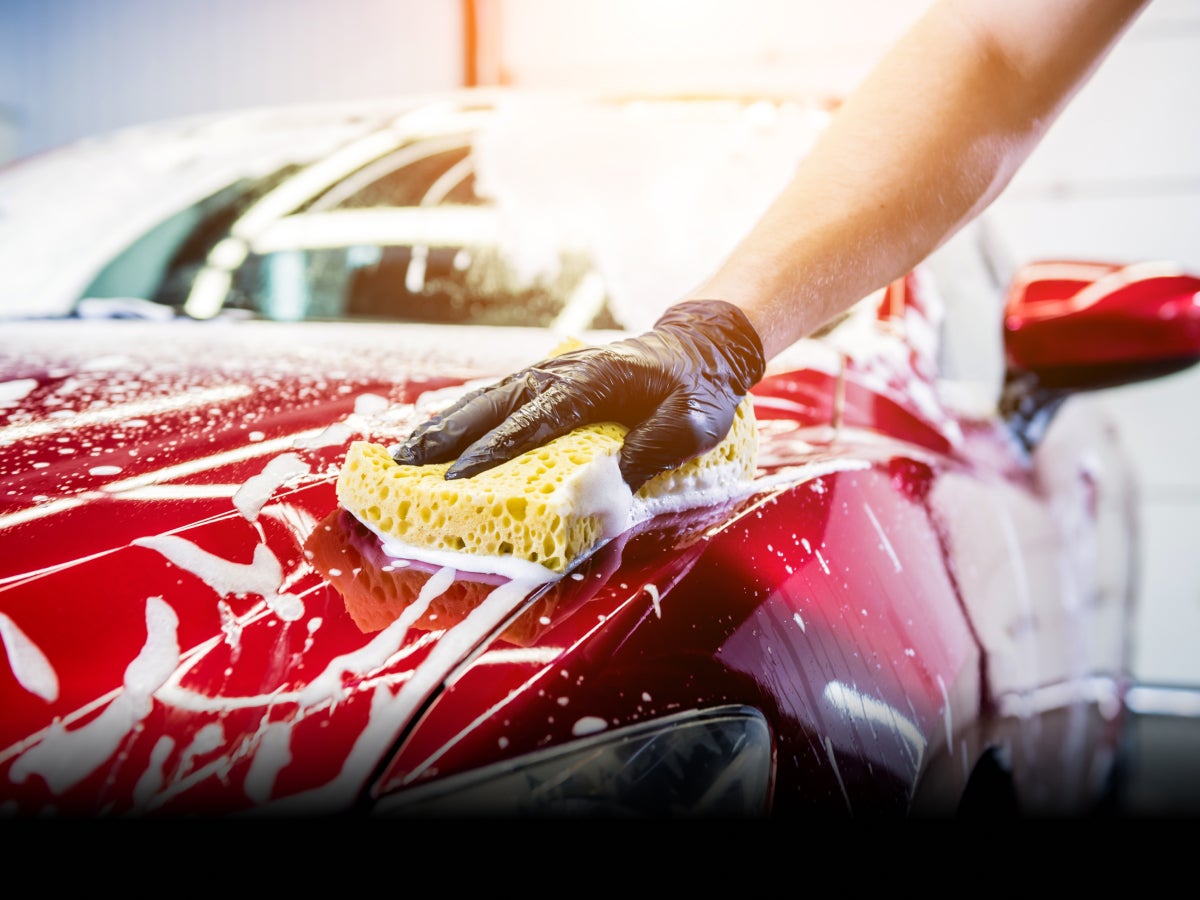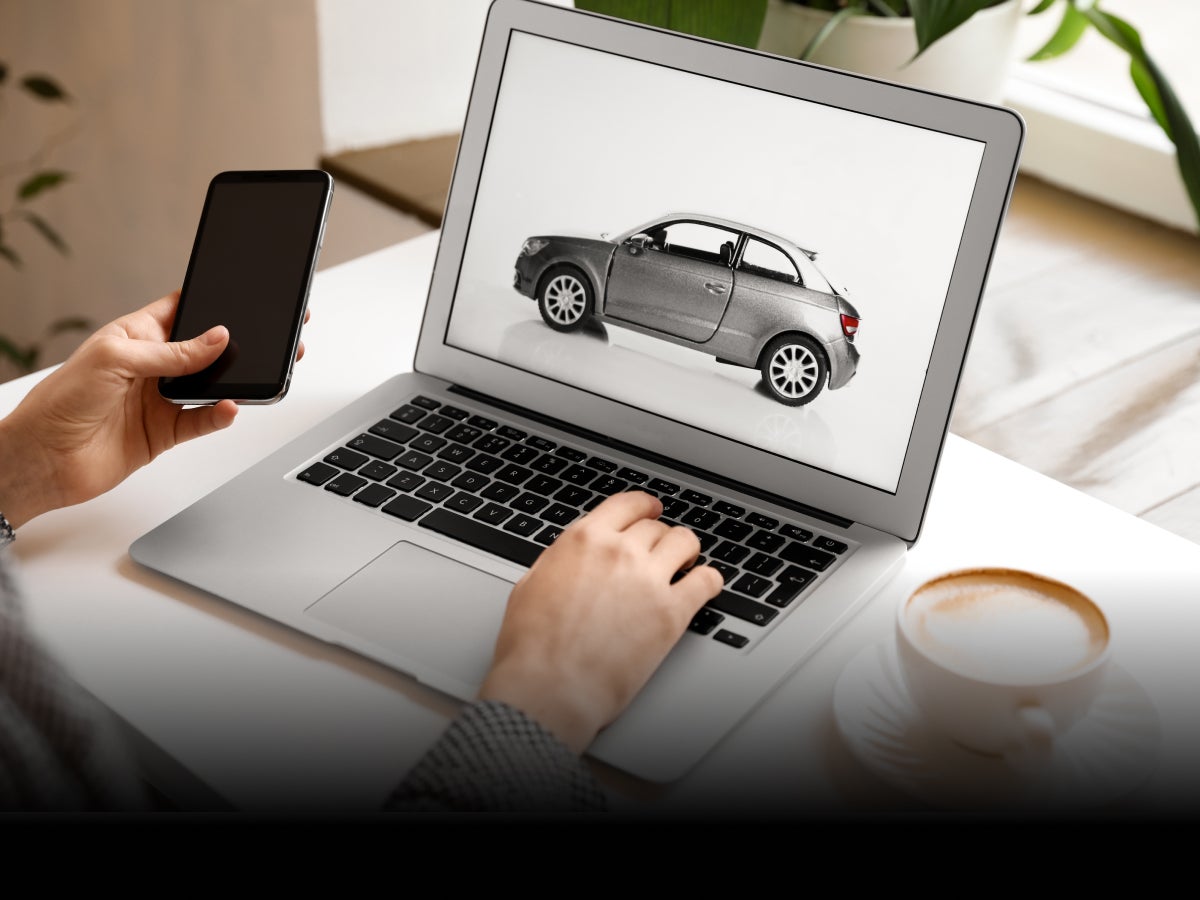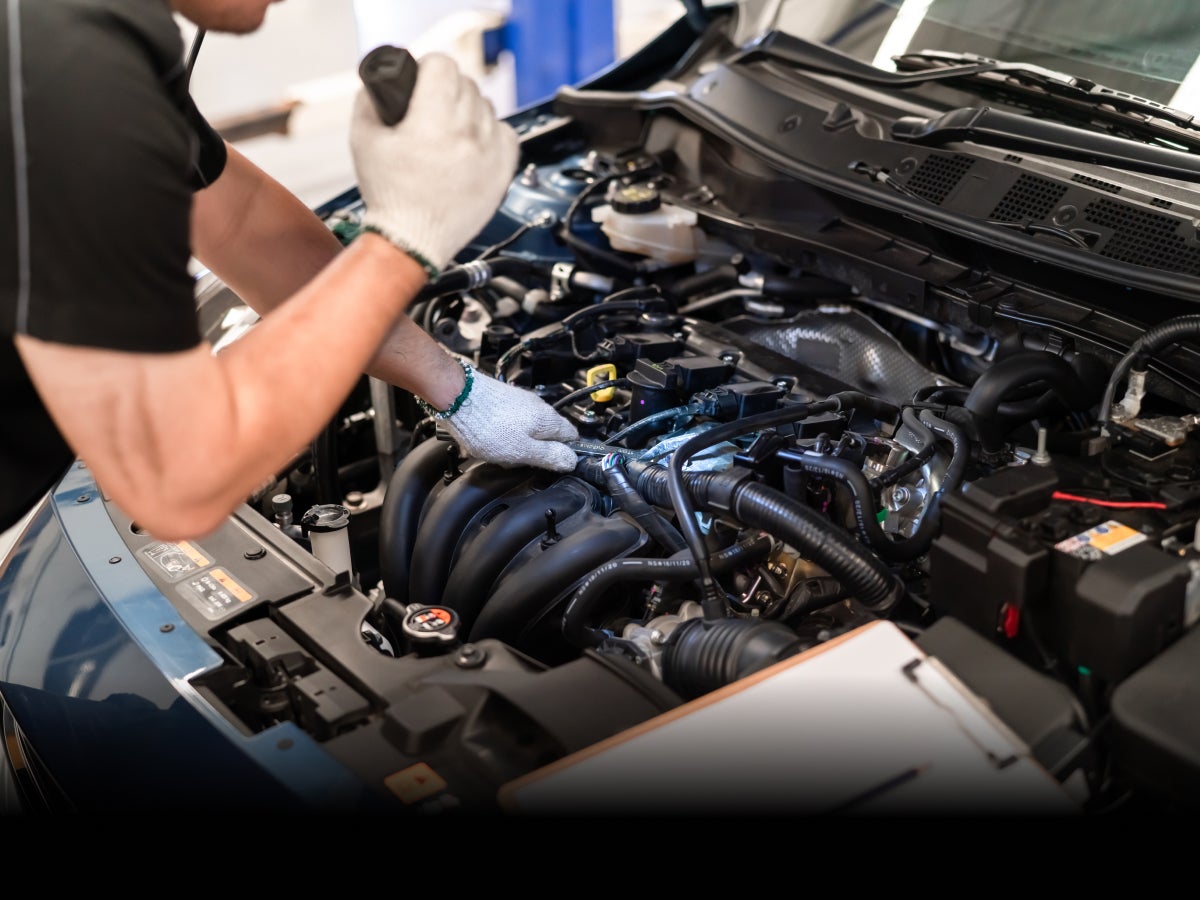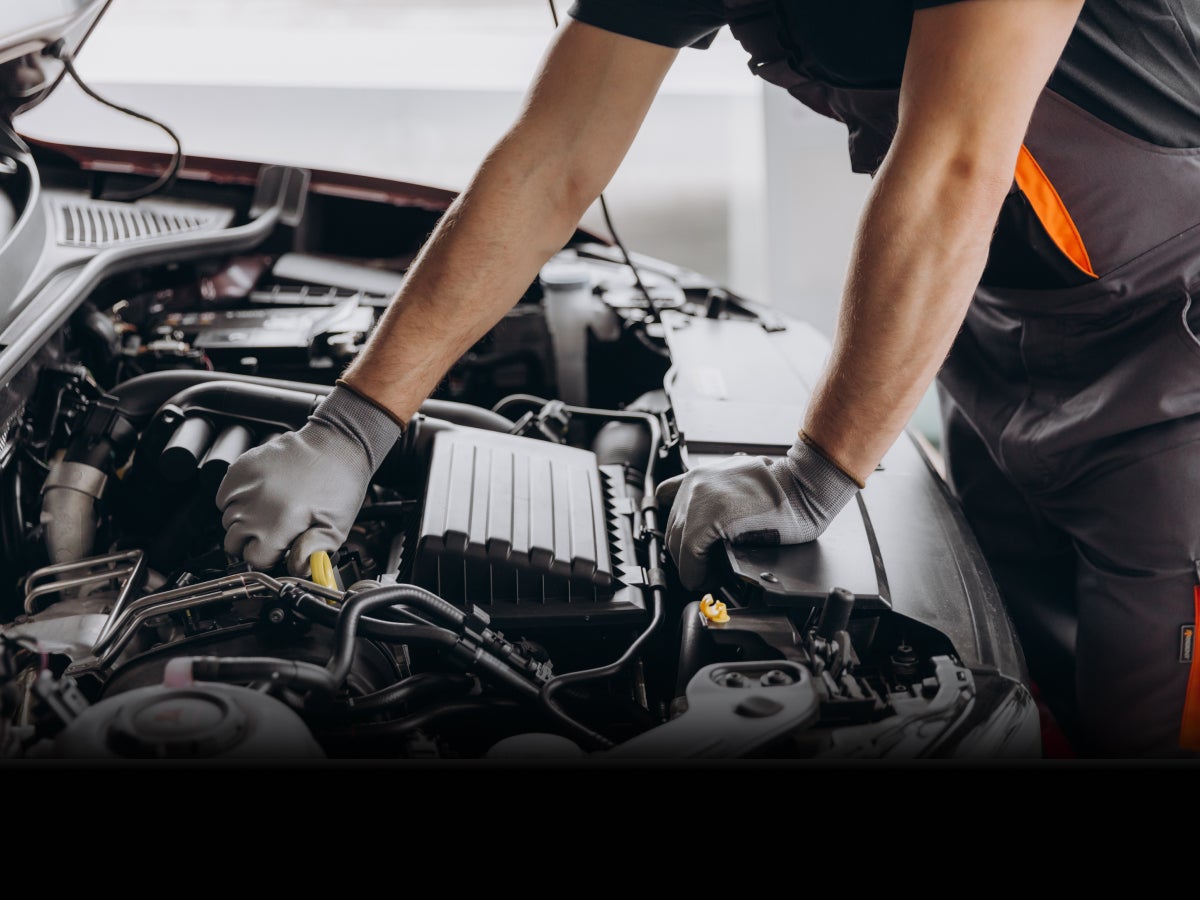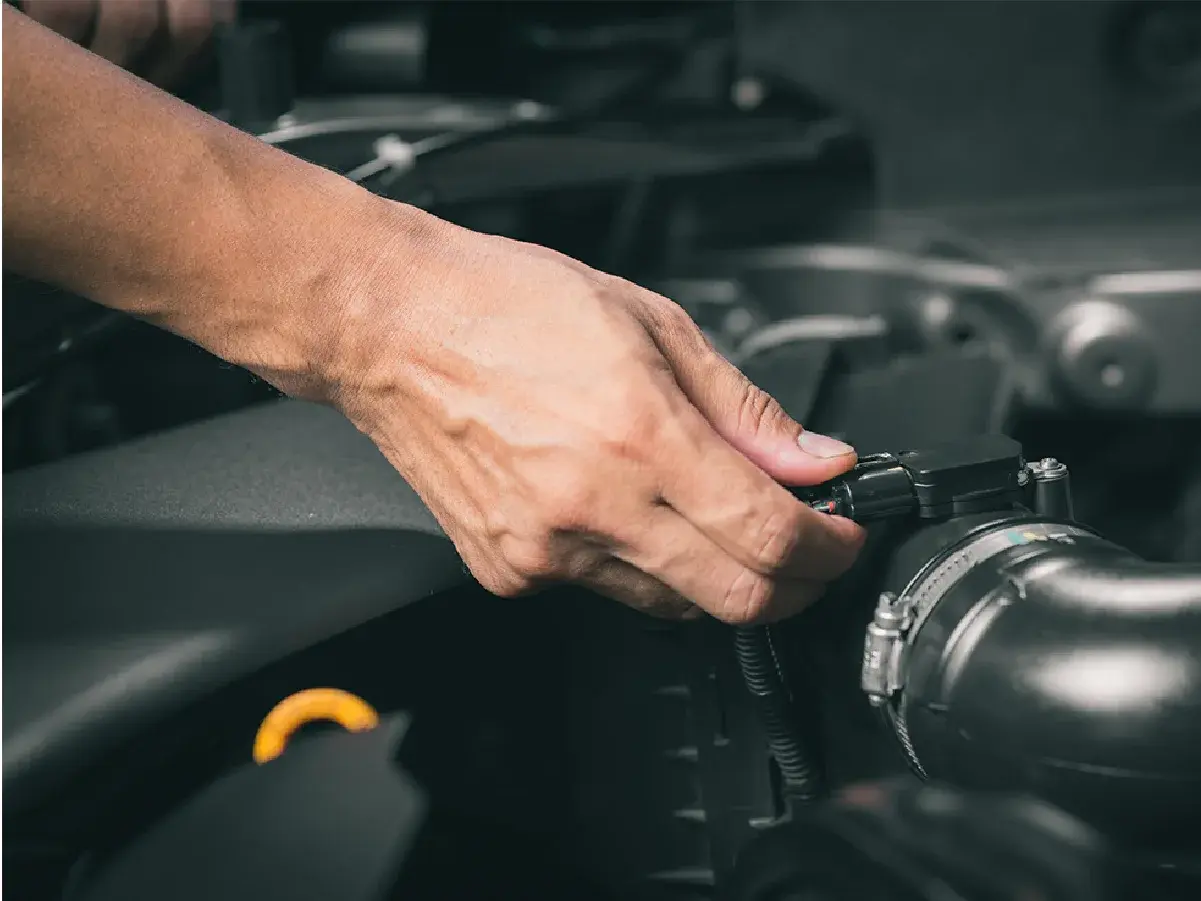

A Guide to Various Types of Sensors in a Car
- 1Understand the types and roles of car sensors in modern vehicles
- 2Spot signs of faulty car sensors before serious damage occurs
- 3Learn when to repair or replace essential vehicle sensors
- Importance of Sensors in Modern Cars
- Car Engine Sensors: The Heartbeat Monitors of Your Car
- Car Transmission Sensors: Ensuring Smooth Gear Shifts
- Safety Sensors for Guarding You on the Road
- Convenience Sensors for Enhanced Driving Experience
- Innovative Car Sensors of the Future
- Signs of Car Sensor Failure
- Professional Repairs and Replacement of Car Sensors
- Conclusion
Modern cars are packed with digital technology with many sensors at the heart of it. Sensors have transformed the way electronic devices manage a car’s performance, emissions, safety, and convenience for the occupants. They play an essential role in monitoring various components and functions of a car, ensuring a smooth and safe driving experience. We explain different types of sensors, signs of issues and when to make professional repairs and replacements for your car.
Importance of Sensors in Modern Cars
From the basic mechanical vehicles of the previous century to the advanced digital machines of the present, cars have come a long way. The workflow of digital electronics involves collecting information, processing the data, and adjusting or switching components based on pre-defined logic. Sensors act at the first point in this workflow to collect the information.
A sensor, as its name implies, is a device designed to identify changes in whatever it is meant to monitor. They feed the car's computer (ECU) with real-time information while continuously keeping an eye on how all of the systems in your car are operating. After processing this data, the ECU instantly adjusts the settings, which might include fuel injection, valves, ignition, etc. These adjustments enhance the performance, fuel efficiency, convenience, and safety of the vehicle.
Car Engine Sensors: The Heartbeat Monitors of Your Car
An engine control unit (ECU) manages the proper functioning of the engine. Several sensors feed information to the ECU, as follows.
- Mass Air Flow (MAF) sensor—The MAF sensor is required to measure the amount of air entering the engine. It allows the ECU to adjust the fuel injection accordingly and deliver optimum performance.
- Manifold Absolute Pressure (MAP) sensor—The pressure difference between the intake manifold and outside is measured by the MAP sensor.
- Knock sensor—A knock sensor is used to detect engine knocking which is abnormal vibrations caused due to uneven burning of fuel inside the combustion chamber. Engine knocking can cause significant engine damage. Hence, a knock sensor is used to keep the engine running smoothly without knocking.
- Engine speed sensor—An engine speed sensor is used to measure the speed of the crankshaft. It is a piece of crucial information used by the ECU, the transmission control unit (TCU), and the driver.
- Camshaft position sensor—It monitors the position of the camshaft which is essential data for improving performance and efficiency.
- Coolant temperature sensor—This sensor measures the coolant temperature for keeping the engine cool.
- Oxygen (O2) sensor—The oxygen sensor, or the Lambda sensor measures the amount of oxygen in the exhaust gases. An O2 sensor’s data helps ECU adjust the air-fuel mixture for optimal combustion and controlling emissions.
- NOX sensor—A NOX sensor measures the amount of nitrogen oxides in the exhaust gases. It is crucial to comply with the strict emission norms.
Car Transmission Sensors: Ensuring Smooth Gear Shifts
Cars with automatic gearboxes come with several sensors that help with smooth gear-shifting. These sensors are as follows:
- Transmission speed sensor—The transmission speed sensor monitors the speed of input, output, and intermediate speed of your vehicle’s transmission. It sends this information to the transmission control unit (TCU) for smooth shifting of gears.
- Throttle position sensor (TPS)—A throttle position sensor (TPS) monitors the position of the throttle valve, which regulates the amount of air entering the combustion chamber. ECU uses this data for adjusting the amount of fuel injected to deliver optimum performance and efficiency. The transmission control unit used this data to decide when to upshift or downshift.
- Transmission fluid temperature sensor—A transmission fluid temperature sensor continuously checks the temperature of the transmission fluid. This fluid is used to cool and lubricate the transmission; hence, close monitoring of temperature is needed.
- Speed sensor—A speed sensor monitors the vehicle’s speed. The speed information is crucial for the transmission control unit to decide when to change gears.
Safety Sensors for Guarding You on the Road
Modern cars are equipped with many sensors that are used for occupants’ safety on the road. Some of these sensors are as follows:
- Tyre Pressure sensor—Tyre pressure sensors are used in tyre pressure monitoring systems (TPMS) and are used for measuring tyre pressure, to warn the driver of a slow puncture which is crucial for safety.
- Anti-lock Braking System (ABS) sensor—ABS sensors continuously monitor the wheel speed. Any sudden changes in the wheel speed activate the ABS system and prevent the wheels from locking and skidding under hard braking.
- Parking sensors—It activates while reversing to help the driver to avoid rear-end collisions.
- Steering Angle sensor—It monitors the position of the steering wheel which is crucial data for the vehicle's electronic stability control system.
- Yaw rate sensor—It measures the rotational movement of your car in all axes. It helps the electronic stability control system to stabilise the car.
- Accelerometer—It is used to check sudden changes in a vehicle’s speed and activate airbags during collisions.
- Pedal sensors—Pedal sensors determine what the driver wants to do in extreme situations. The electronic stability control system uses this information to stabilise the vehicle.
Convenience Sensors for Enhanced Driving Experience
Modern premium cars are equipped with sensors related to comfort and convenience. These sensors are aimed at delivering an enhanced driving experience. Here are some of the common convenience sensors:
- Rain sensor—The rain sensors detect water on the windshield and send a signal to the car’s computer to automatically activate the wipers.
- Ambient temperature sensor—It measures ambient temperature. The car's climate control system adjusts the cabin temperature with the information supplied.
- Automatic headlight sensor—A light sensor detects the ambient lighting conditions and sends data to switch on or off the car’s headlights automatically.
- Load sensors—Load sensors are used to detect passengers on the car’s seats and trigger an alert, reminding them to fasten their seatbelts.
- Voice control—Premium cars are now equipped with a voice-controlled feature that allows drivers to control the car’s various functions by voice.
Innovative Car Sensors of the Future
Sensors are becoming the eyes and ears of the car as driver assistance systems and autonomous driving scores up in the market. Here are some advanced car sensors that are leading the future of automotive technology.
ADAS Sensors
Numerous sensors are equipped in the car to provide advanced driving assistance. These sensors could include:
- Cameras
- Radar
- LiDar
- Ultrasonic
- GPS and GNSS
These sensors are pushing the boundaries of automotive technology and paving the way for autonomous vehicles.
Signs of Car Sensor Failure
With many sensors working behind the scenes, there is a chance of issues occurring. Here are some signs of sensor failure:
- Flashing warning lights on the dashboard
- Poor fuel efficiency
- Engine misfires
- Engine overheating
- Erratic gear shifting
- Failing pollution test
- Rain and headlight sensor issues
- Parking sensors not responding while reversing
- ADAS sensors are not working properly
Professional Repairs and Replacement of Car Sensors
Sensors are sensitive and critical devices in the car. Therefore, if there are issues with any sensor, you must immediately take your vehicle to your nearest garage for complete inspection. Ensure the workshop is equipped with the latest tools and equipment for diagnosing and replacing faulty sensors. Ignoring sensor problems can lead to more severe and costly repairs to the engine, transmission or other components.
Conclusion
Car sensors are now an essential part of modern vehicles, playing a critical role in performance, safety, comfort, and convenience. It is imperative to ensure all sensors are in perfect order for a superior driving experience. With the continuous evolution of automotive technology, we can expect more sensors to make driving easier and safer in the future.
Frequently Asked Questions
Expand all

